African economy
Sub-Saharan Africa’s growth is showing signs of recovery this year after a tumultuous period in 2016.
The World Bank estimates that GDP growth will rise to 2.6 percent in 2017 compared to 1.3 percent last year and rise further to 3.2 percent in 2018 and 3.5 percent a year later.
“Sub-Saharan Africa is projected to grow at a moderate rate of 2.6 percent in 2017, and somewhat improve towards three percent in 2018. This timid recovery is certainly better than the 1.6 percent we had in 2016, the lowest in a decade, but it is still below population growth in Africa,” said Albert Zeufack, Africa region chief economist at World Bank.
The growth is attributed to an up tick in global commodity prices, improving global economic performance and accommodative domestic conditions.
Zeufack however warned that growing protectionism in the west could pose a risk for sub-Saharan African economies, but could also present opportunities for the continent to be self-sufficient.
He also added that the economies of Angola, Nigeria and South Africa, which make up 60 percent of GDP, were recovering but at a weak pace and per capita income was growing in negative terms.
Tackling infrastructure was key to stability. Only 35 percent of Africans have access to electricity which is the lowest among developing countries and that road density on the continent was also the lowest in the world.
While his counterpart at the bank stressed the need for African countries to undertake necessary reforms to boost investment.
“One of the challenges for the region is to be able to boost investment, both public investment and private investment. And we are making a case that public investment needs to increase in Africa because of the vast development needs of the region. But public investment will not be sufficient to meet these investment needs and we need to crowd in private investment,” said Punam Chuhan Pole, lead economist, World bank.
The bank singled out seven countries, Ivory Coast, Ethiopia, Kenya, Mali, Rwanda, Senegal, and Tanzania, which have continued to exhibit economic resilience, supported by domestic demand, posting annual growth rates of above 5.4% in the last two years.
These countries house nearly 27% of the region’s population and account for 13% of the region’s total GDP.



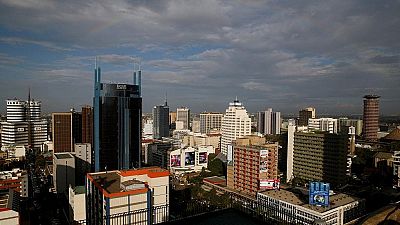


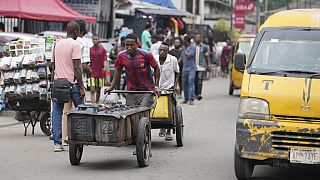

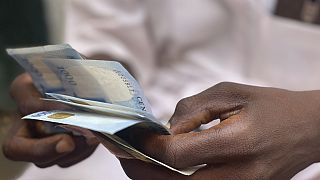
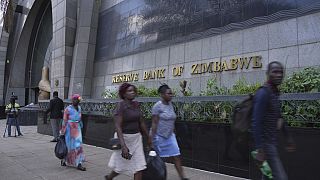
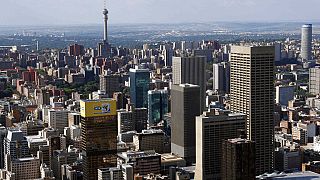



01:02
Pics of the day: April 16, 2024
02:24
Zimbabweans forced to use US dollar in absence of new currency ZiG
01:14
Poll shows Egypt's March inflation figures expected to edge upwards
11:11
Senegal: Diomaye Faye's economic challenges [Business Africa]
Go to video
Binance executive detained in Nigeria amid a crypto crackdown has escaped custody
11:07
The economic effects of child labor in artisanal fishing (Business Africa)